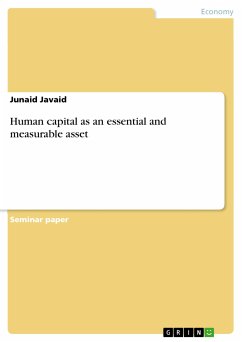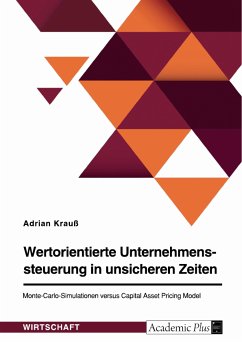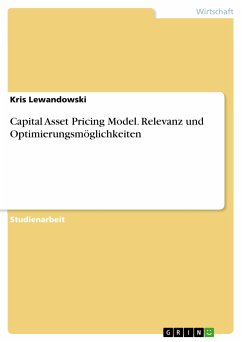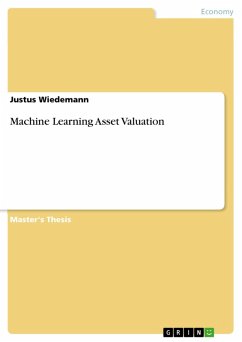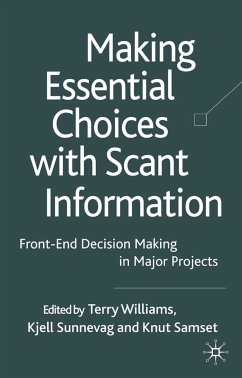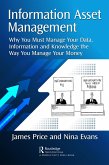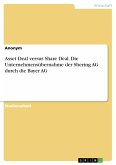Seminar paper from the year 2012 in the subject Business economics - Business Management, Corporate Governance, grade: C+, University of Bedfordshire, course: MSc Finance & Business Management, language: English, abstract: This AMP is carried out as a research toward finding and relating the company's Human Capital with its desired performance. It has also suggested the method by which the company can reliably reports its Human Capital as the strongest company's asset in its financial statements. From the Background context of given issue the evidence looks prominent and right that in the current scenario Human Capital is considered to be as the key success factor. The Literature Review section, in relation to the definition of Human Capital, the arguments of both Becker (1993) and Davenport (1999) makes sense and also looks generous. Becker (1993) defined Human Capital as a composition of four characteristics (Credentials, Reputation, Personality and Appearance). While on the other side, Davenport (1999) made a figure of by combining all aspects (Employee effort, behaviour, ability & time) together to give final shape to undergoing definition. In relations to the measurement methods of Human Capital, there are many Scholars who came forwards and proposed different methods. It has been regarded and acknowledged that work of certain Authors: Kaplan & Norton (1992), Monti-Belkaou & Riahi-Belkaoui (1995), Brown (1999) and Weiss (1999) is prominent. Out of these four studies Monti-Belkaou & Riahi-Belkaoui (1995) took the fame as their model have both aspect: practical implementation and recognition of value added by the company's demployed Human Capital in its overall financial performance and operational excellence. The objectives of this AMP have been achieved. From the models like Balanced Scorecard and Kaplan's Seven Step Framework and also from the case studies like Huselid, et al (1997) and Delery & Doty, (1996), it has been cleared and understood that the company's Human Capital has implications on its business performance (success). From the studies like Kaplan & Norton (1992), Monti-Belkaou & Riahi-Belkaoui (1995), Brown (1999) and Weiss (1999), it has illustrated that these are the certain methods by which the company could include Human Capital as the company's most significant in its financial reporting. Out of these four studies, Monti-Belkaou & Riahi-Belkaoui (1995) took the fame. So the need of an hour is to select it as the common framework for the reporting of Human Capital as the company's most powerful assets.
Dieser Download kann aus rechtlichen Gründen nur mit Rechnungsadresse in A, B, BG, CY, CZ, D, DK, EW, E, FIN, F, GR, HR, H, IRL, I, LT, L, LR, M, NL, PL, P, R, S, SLO, SK ausgeliefert werden.

